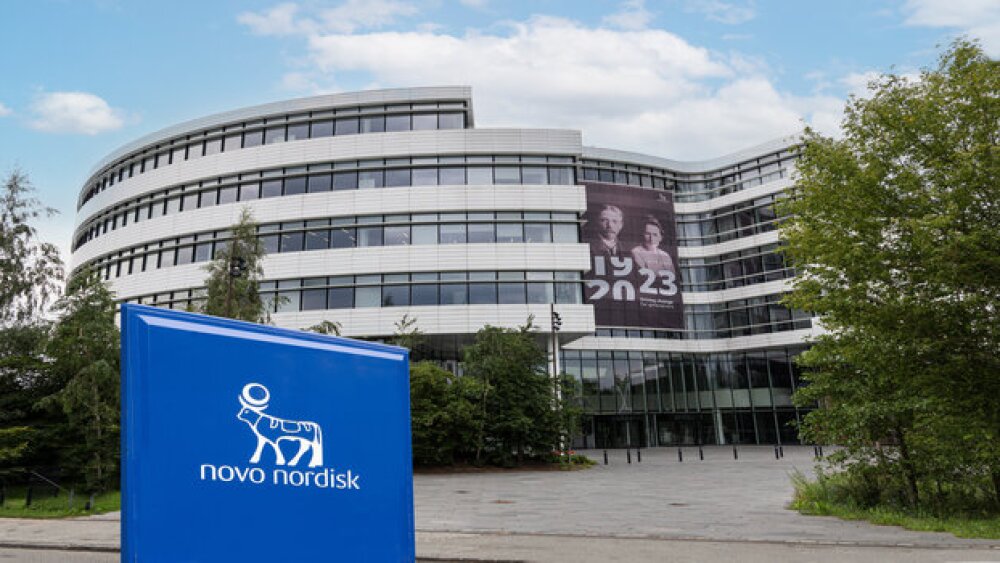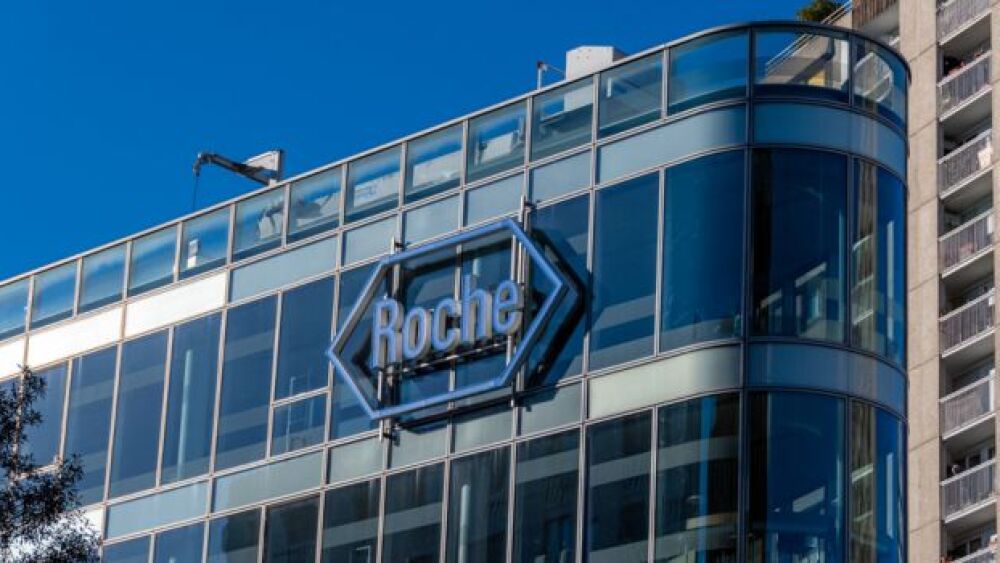The INTACT trial will compare standard of care radiation therapy and chemotherapy plus TSC against SOC alone.
CHARLOTTESVILLE, Va., Jan. 29, 2018 (GLOBE NEWSWIRE) -- Diffusion Pharmaceuticals (NASDAQ:DFFN) (“Diffusion” or “the Company”), a clinical-stage biotechnology company focused on extending the life expectancy of cancer patients, today announced that the first patient has been dosed in the Company’s Phase 3 clinical trial with trans sodium crocetinate (“TSC”) in patients with newly-diagnosed inoperable glioblastoma multiforme (“GBM”), a type of brain cancer. The INTACT (INvestigating Tsc Against Cancerous Tumors) trial will compare standard of care (“SOC”) radiation therapy (“RT”) and chemotherapy plus TSC against SOC alone.
“We are pleased to be dosing patients so soon following the opening of the INTACT trial just a few weeks ago,” said David Kalergis, Chief Executive Officer of Diffusion Pharmaceuticals. “We believe that this Phase 3 study will offer new hope for inoperable GBM patients who are administered TSC along with their standard therapies.”
The INTACT Phase 3 study follows a previous Phase 2 GBM study in which the inoperable patient subgroup showed a nearly four-fold increase in survival compared with historical controls when TSC was added to their treatment regimen (40.0% alive at two years vs. 10.4%). TSC’s unique mechanism of action affects the tumor micro-environment, making treatment-resistant cancer cells more susceptible to the tumor-killing power of conventional RT and chemotherapy (temozolomide) by re-oxygenating the hypoxic portion of the tumor. The Company believes that a largely intact GBM tumor vasculature with limited surgical resection is conducive to TSC’s tumor re-oxygenation properties, and that this contributed to the survival increase in the Phase 2 GBM inoperable patient subgroup.
The trial will screen 300 patients and enroll 264 with the expectation that results from 236 patients will be available for analysis. Enrolled patients will be randomized in a 1:1 ratio into treatment and control groups. Patients in the treatment group will receive SOC temozolomide and RT plus an intravenous bolus of TSC administered shortly before their SOC treatments. Patients in the control group will receive SOC alone. The study will compare overall survival at two years between patients in the two groups. Up to 100 clinical sites in the U.S. and Europe are expected to participate.
About the GBM Phase 3 INTACT Trial
The INTACT clinical trial is an open-label, randomized, controlled, Phase 3 safety and efficacy registration trial. Subjects will be randomized at baseline to SOC for first-line treatment of GBM plus TSC, or to SOC alone. The SOC for GBM is temozolomide plus RT for 6 weeks followed by 28 days of rest, followed by 6 cycles of post-radiation temozolomide treatment.
For patients randomized to the TSC group, TSC will be administered during both the RT and post-radiation temozolomide treatment periods.
During the RT treatment period subjects will receive:
- Focal RT delivered as 60Gy/30 fractions scheduled at 2Gy/day for 5 days each week (Monday through Friday) for 6 weeks.
- Temozolomide 75 mg/m2 orally once daily (usually administered the night preceding each RT session) starting the evening before the first RT session over a period of 42 calendar days with a maximum of 49 days.
- TSC 0.25 mg/kg IV for 3 days each week (e.g., Monday, Wednesday, Friday, or other schedule that supplies a minimum 3 TSC doses per week) administered between 45 to 60 minutes prior to each RT session.
During the 28-day rest period all subjects will receive no treatment.
During the post-radiation 6-cycle temozolomide treatment period:
- All subjects will receive 28-day oral temozolomide (150 mg/m2 first cycle and 200 mg/m2 all subsequent cycles as tolerated) administered on Day 1-5 (Monday through Friday) of each 28-day cycle.
- Controls will receive oral temozolomide at night at home per the SOC and are not required to attend clinic visits during this period.
- Subjects randomized to TSC will receive TSC 1.5 mg/kg (or another dose if recommended by the Data Safety Monitoring Board (“DSMB”) 1.5 to 2 hours before their temozolomide dose during the daytime for 3 days during the first week of each 28-day cycle (Days 1, 3, and 5; e.g., Monday, Wednesday, Friday or other schedule that supplies at minimum 3 TSC doses per week). The Tuesday, Thursday doses will be given at night at home. Long-acting antiemetics may be administered prior to daytime temozolomide dosing on Days 1, 3, 5.
The safety, tolerability and pharmacokinetics (“PK”) of TSC at higher doses than 0.25 mg/kg with temozolomide will be assessed during adjuvant therapy. TSC at doses between 0.25 mg/kg and up to 1.5 mg/kg in combination with concomitant temozolomide will be assigned (not randomized) in the first 8 subjects enrolled in the INTACT trial. These patients will undergo RT plus temozolomide plus TSC treatment (0.25 mg/kg) for 6 weekly cycles followed by 4 weeks of rest in standard fashion. At the Week 10 clinic visit the same 8 subjects will be assigned to treatment, with 2 subjects each assigned to TSC at doses of 0.25, 0.50, 1.0, and 1.5 mg/kg. These subjects will be studied in parallel for 2 28-day cycles with inclusion of appropriate blood sampling collection for TSC and temozolomide PK. The DSMB will examine the resultant safety data after 2 cycles (Weeks 11 through 18 of post-radiation temozolomide treatment period; Days 1 to 56). The DSMB may recommend continued use of the 1.5 mg/kg TSC dose for the post-radiation temozolomide treatment period, or may prescribe another dose based on their observations. Subjects then entering into the INTACT trial will be randomized at baseline between TSC plus SOC, or SOC alone.
Further details about the trial protocol are available at www.clinicaltrials.gov.
The baseline assessment for determining progression-free survival overall response rate and to rule out pseudo-progression will be at 10 weeks via MRI using the modified Response Assessment in Neuro-Oncology scale. The hazard ratio for the trial will be 0.67, which corresponds to 22% two-year survival in the TSC arm, the lower limit of the 95% confidence interval for the biopsy-only subjects in Diffusion’s Phase 2 trial, and 10% survival in the SOC arm. The estimated median survival is therefore 10 months for the SOC arm vs. 14.9 months for the TSC plus SOC arm. In order to achieve 80% power, the trial requires 118 subjects in each arm.
The study will achieve the designed 80% statistical power at 198 events, where an event is defined as death. The first analysis will occur at the earlier of two years follow-up for all subjects or 198 events. If the first analysis is at 198 events, the analysis will be a standard 2-sided stratified log-rank test at the 훼=0.05 significance level. If the first analysis is at two years, the Company will perform the analysis using the O’Brien-Fleming Method.
About Treatment-Resistant Cancers and TSC
Oxygen deprivation at the cellular level (hypoxia) is the result of rapid tumor growth, causing the tumor to outgrow its blood supply. Cancerous tumor cells thrive with hypoxia and the resultant changes in the tumor microenvironment cause the tumor to become resistant to RT and chemotherapy. Using a novel, proprietary mechanism of action, Diffusion’s lead drug TSC appears to counteract tumor hypoxia – and therefore treatment resistance – by safely re-oxygenating tumor tissue, thus enhancing tumor kill and potentially prolonging patient life expectancy. Oxygen levels of normal tissue appear to remain unaffected upon administration of TSC.
About Diffusion Pharmaceuticals Inc.
Diffusion Pharmaceuticals Inc. is a clinical-stage biotechnology company focused on improving patient outcomes in unmet medical needs using its novel small molecule trans sodium crocetinate (TSC). Diffusion is developing TSC for use in conditions where hypoxia (oxygen deprivation) is known to diminish the effectiveness of SOC treatments. In oncology, TSC targets the cancer’s hypoxic micro-environment, re-oxygenating treatment-resistant tissue and making the cancer cells more vulnerable to the therapeutic effects of SOC treatments without the apparent occurrence of any serious side effects. In non-oncology indications, therapeutic benefit would be achieved directly through re-oxygenation of the tissue threatened with cell death from hypoxia.
A Phase 3 randomized, controlled registration trial with TSC and SOC chemotherapy and radiation, compared with SOC alone in 236 patients newly diagnosed with inoperable glioblastoma multiforme (GBM), a type of brain cancer, is underway. A Phase 2 clinical program was completed in the second quarter of 2015 and evaluated 59 patients with newly diagnosed GBM. This open-label, historically controlled study demonstrated a favorable safety and efficacy profile for TSC combined with SOC, including a 37% improvement in overall survival compared with the control group at two years. A particularly strong efficacy signal was seen in the subset of inoperable patients where survival of TSC-treated patients at two years was nearly four-fold higher compared with the controls. Due to its novel mechanism of action, TSC has safely re-oxygenated a range of tumor types in preclinical and clinical studies. Diffusion believes the therapeutic potential of TSC is not limited to specific tumors, thereby making it potentially useful to improve SOC treatments of other life-threatening cancers. Additional studies under consideration include Phase 2 trials in pancreatic cancer and brain metastases, with study initiation subject to receipt of additional funding or collaborative partnering. The Company also believes that TSC has potential application in other indications involving hypoxiaincluding stroke, where the Company recently announced its PHAST-TSC study which will be conducted in co-operation with the University of California Los Angeles (UCLA) and the University of Virginia (UVA) to test TSC in stroke patients in an in-ambulance clinical trial setting.
Forward-Looking Statements
To the extent any statements made in this news release deal with information that is not historical, these are forward-looking statements under the Private Securities Litigation Reform Act of 1995. Such statements include, but are not limited to, statements about the company’s plans, objectives, expectations and intentions with respect to future operations and products, the potential of the company’s technology and product candidates, the anticipated timing of future clinical trials and protocol review, and other statements that are not historical in nature, particularly those that utilize terminology such as “would,” “will,” “plans,” “possibility,” “potential,” “future,” “expects,” “anticipates,” “believes,” “intends,” “continue,” “expects,” other words of similar meaning, derivations of such words and the use of future dates. Forward-looking statements by their nature address matters that are, to different degrees, uncertain. Uncertainties and risks may cause the company’s actual results to be materially different than those expressed in or implied by such forward-looking statements. Particular uncertainties and risks include: general business and economic conditions; the company’s need for and ability to obtain additional financing; and the difficulty of developing pharmaceutical products, obtaining regulatory and other approvals and achieving market acceptance, and the various risk factors (many of which are beyond Diffusion’s control) as described under the heading “Risk Factors” in Diffusion’s filings with the United States Securities and Exchange Commission. All forward-looking statements in this news release speak only as of the date of this news release and are based on management’s current beliefs and expectations. Diffusion undertakes no obligation to update or revise any forward-looking statement, whether as a result of new information, future events or otherwise.
Contacts:
David Kalergis, CEO
Diffusion Pharmaceuticals Inc.
(434) 220-0718
dkalergis@diffusionpharma.com
or
LHA Investor Relations
Kim Sutton Golodetz
(212) 838-3777
kgolodetz@lhai.com




